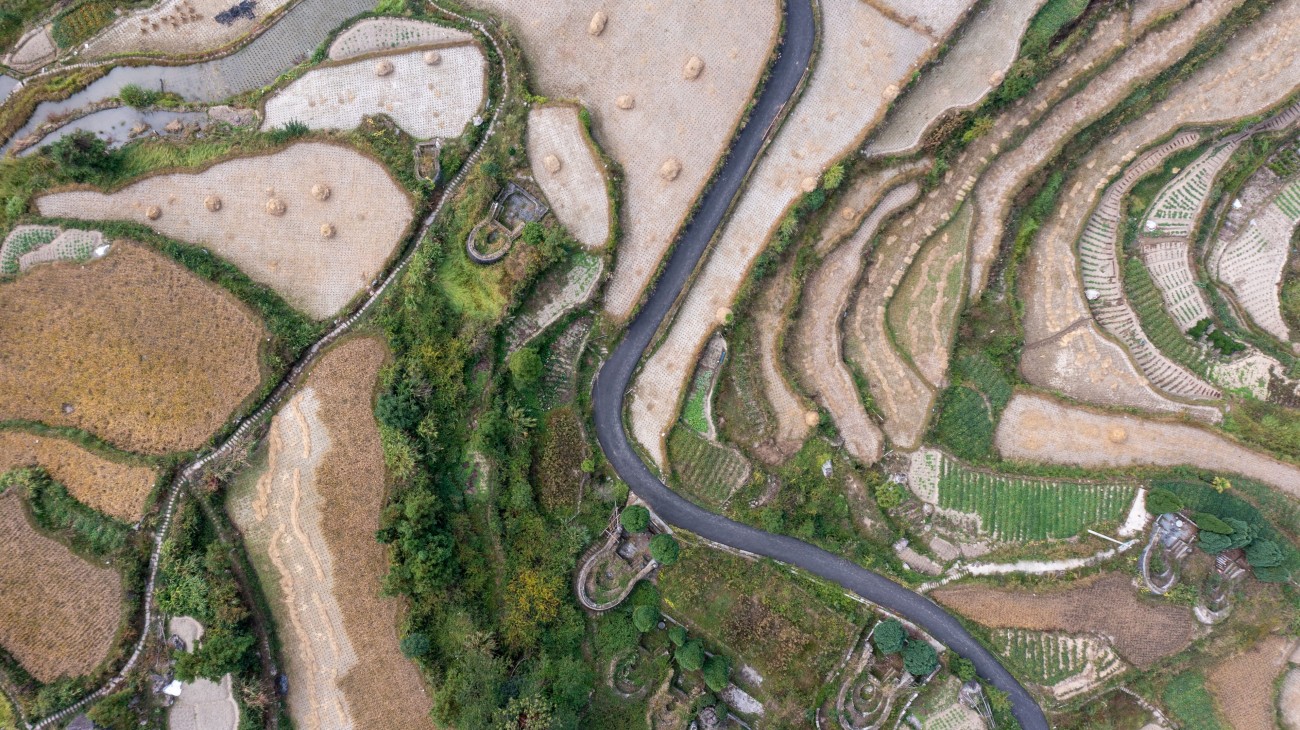Countries have already promised to restore 1 billion hectares – an area larger than China – as part of international climate, nature, and land goals. However, little is known about the progress or quality of this restoration. With the World Restoration Flagships, the UN is honouring the best examples of large-scale and long-term ecosystem restoration in any country or region, embodying the 10 Restoration Principles of the UN Decade.
Get inspired and join #GenerationRestoration.
Central American Dry Corridor
Costa Rica, El Salvador, Guatemala, Honduras, Nicaragua, Panama, Dominican Republic |Turbo-charging and replicating the restoration of entire landscapes through the building and sharing of resources, knowledge and climate-smart practices.
Terai Arc Landscape
Nepal |Local communities that teamed up with government and civil society groups to protect and restore 66,800 hectares of forest in Nepal
Restoring Mediterranean Forests
Lebanon, Morocco, Tunisia, Türkiye |Vast areas of degraded forests along the Mediterranean have been restored since 2017 as part of the Restoring Mediterranean Forests initiative.
Regreening Africa
Ethiopia, Ghana, Kenya, Mali, Niger, Rwanda, Senegal, Somalia |Regreening Africa is expected to bring 5 million hectares under restoration by 2030, boosting biodiversity and supporting local communities.
Mangrove Regeneration in Sri Lanka
Sri Lanka |A large-scale initiative to increase mangrove cover across Sri Lanka by more than 50 per cent.
Living Indus
Pakistan |Efforts by local communities and civil society groups to protect and restore Pakistan’s Indus Basin.
African Farmers Transforming Food Systems
Mali, Senegal, Tanzania, Uganda, Kenya |Trees for the Future assists hundreds of thousands of smallholder farmers in several African countries – from Senegal to Tanzania - to fight soil degradation, biodiversity loss and climate change.
Acción Andina
Argentina, Bolivia, Chile, Ecuador, Perú |Acción Andina is protecting a critical ecosystem and championing community-led restoration of nature.
Building with Nature in Indonesia
Indonesia |Instead of simply planting mangroves, this initiative is applying an innovative approach using semi-permeable sea walls made of natural materials to trap mud and sediments.
Small Island Developing States
Vanuatu, Comoros, Saint Lucia |This initiative aims to restore whole landscapes and show how island nations can build sustainable “blue” economies around healthy marine ecosystems.










